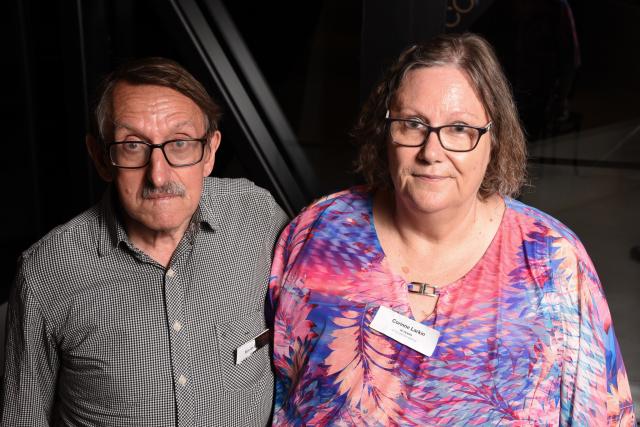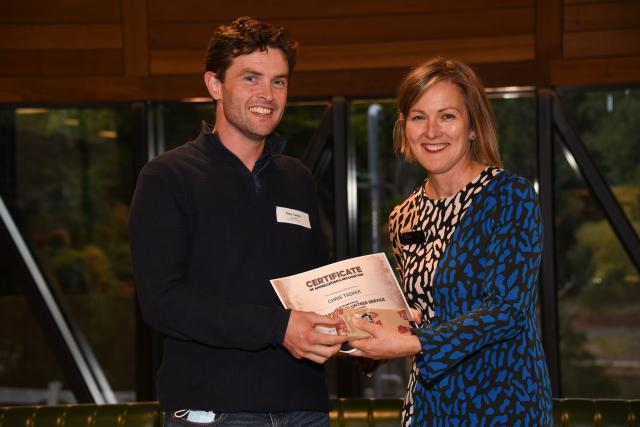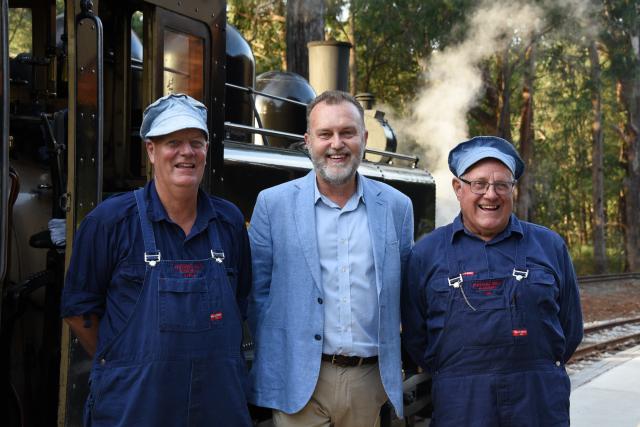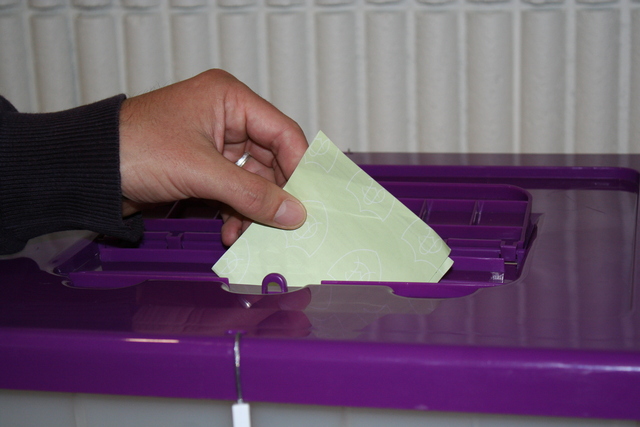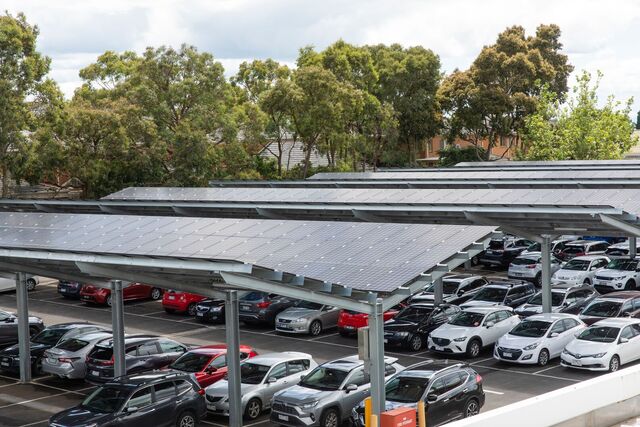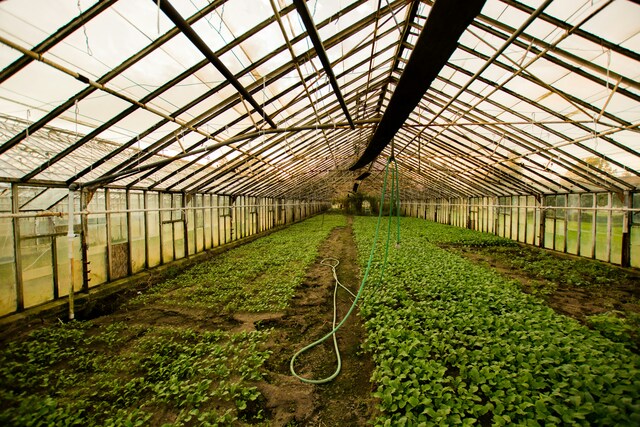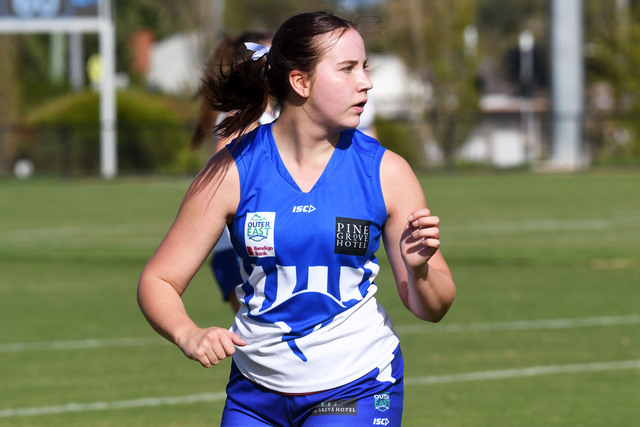Volunteers at the Puffing Billy railway were honoured at Lakeside Visitor Centre on Thursday 24 February, to celebrate their contributions to preserve, restore and maintain the steam railway.
Puffing Billy Railway CEO Peter Abott acknowledged the contributions of more than 300 volunteers.
Puffing Billy Railway is made up of volunteers from all walks of life, across multiple generations who share the same passion for giving their time freely to help welcome visitors and preserve this heritage railway,” he said.
“For that, we are deeply appreciative and could think of no better way to commemorate this inspiring work than to bring everyone together to celebrate and reconnect after a particularly challenging two years.”
The volunteers celebrated have had tenure spanning one year of service through to over 60 years. Collectively the volunteers in attendance have 2118 years of service between them.
Some of the attending volunteers included:
Phil Bourke, who reached one year of service after becoming a conductor during the Covid-19 pandemic.
Marilou Quick, a passenger guide originally from the Philippines who reached three years of service.
Kevin and Corinne Larkin, a husband and wife who met and fell in love at Puffing Billy 30 years ago.
Christ Tasker, who has volunteered for 21 years at only 39 after following in his father’s footsteps while becoming one of the youngest qualified drivers at age 29.
Guests were taken on a special chartered train journey which travelled from Emerald Station to Lakeside station, before disembarking for the celebration.
“We celebrate the invaluable contribution of volunteers new and those who have spent a lifetime supporting the community that has been built over the last century.” Mr Abott said.
Puffing Billy commenced operation in 1900 and was built to transport goods and passengers throughout the hills. The railway spans 24km of the Dandenong Ranges and is one of only two surviving experimental narrow-gauge lines used in rural Victoria in the early 1900s.

